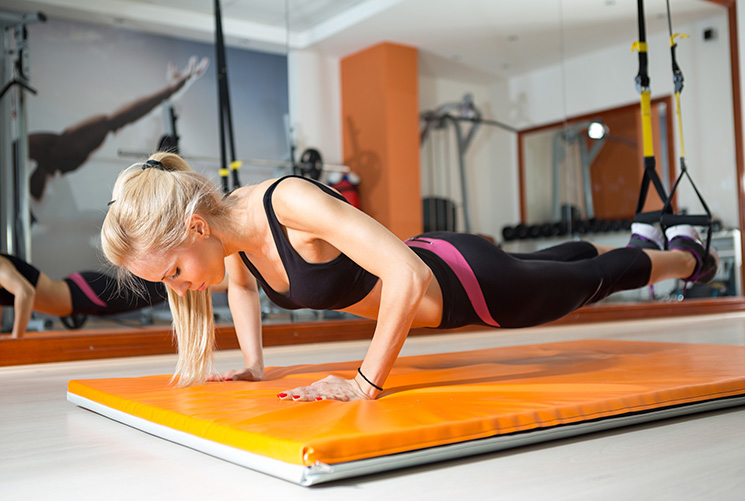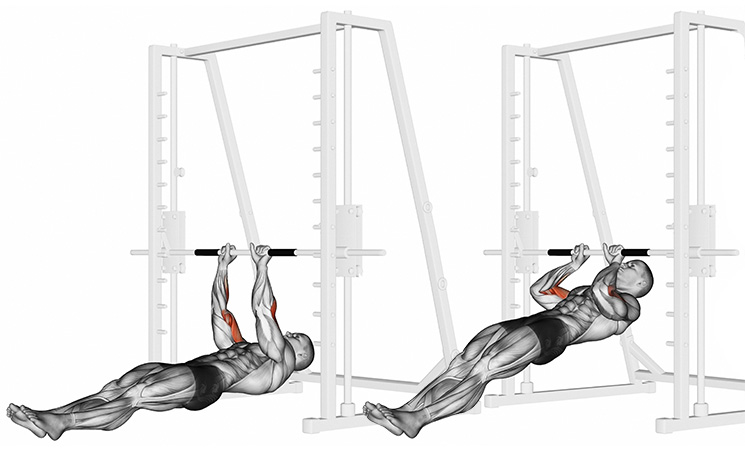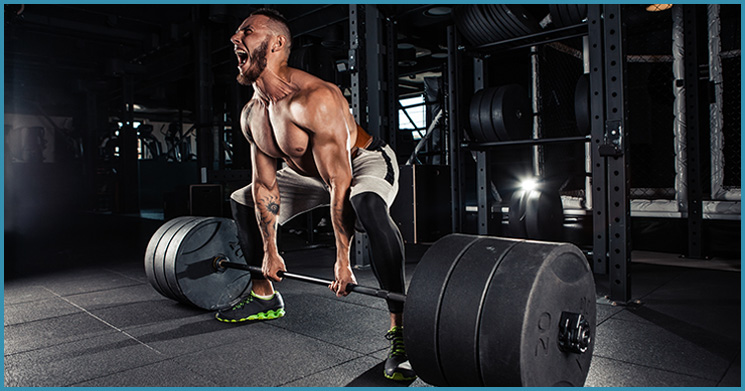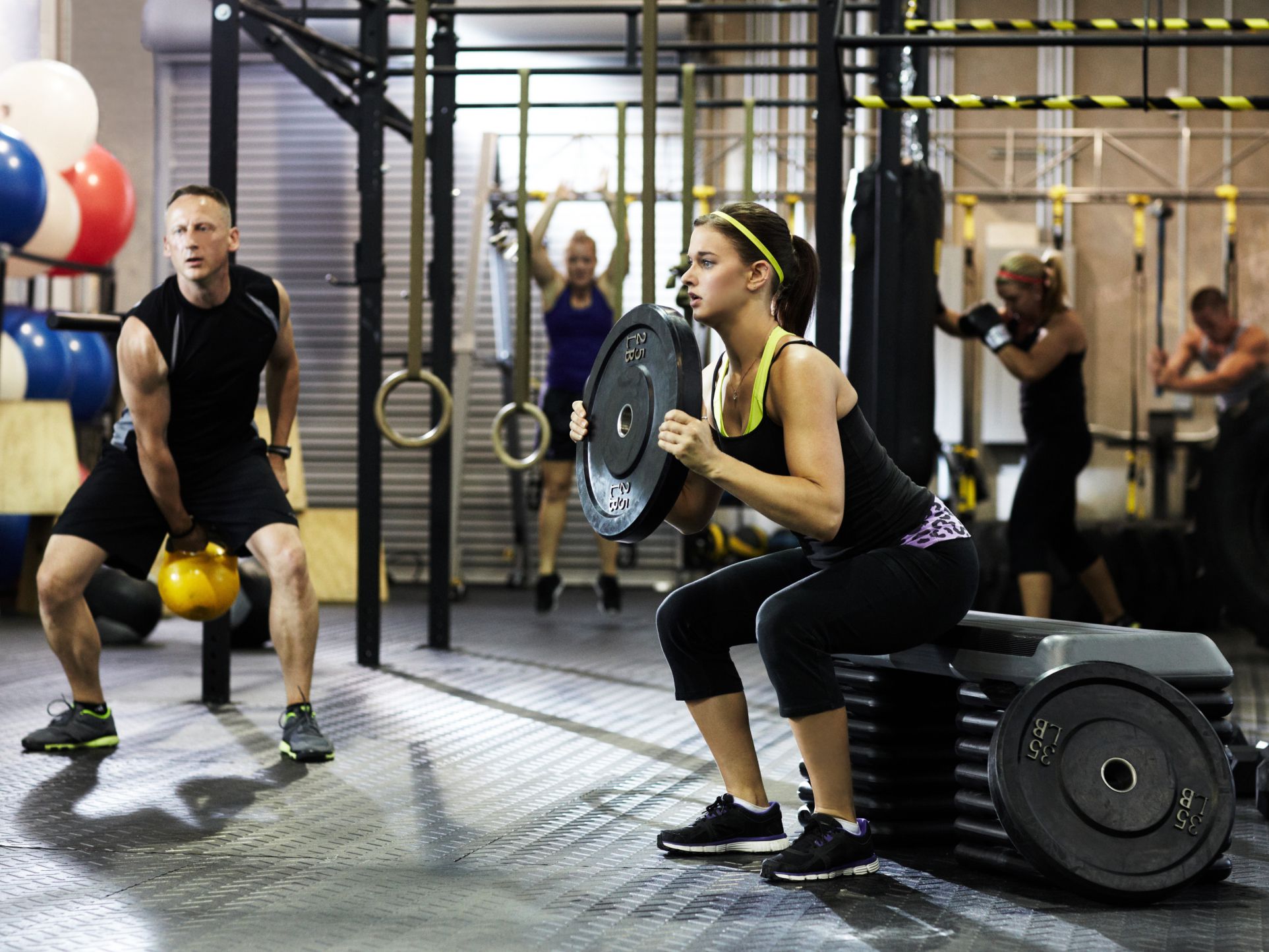
Athletes should know their body particularly well – and above all be able to correctly assess the limits of its performance. Unmistakable signs that these limits have been exceeded are pain after exercise. Admittedly, not every pain sensation after exercise is a case for the doctor or absolute protection. However, active athletes should know what the most common symptoms are.
Abdominal pain
Abdominal pain and nausea are often signs that you have overdone your exercise. Since the digestive system is particularly sensitive to stress, the stomach and intestines are often the first to report when you put too much on your body. Runners also have the problem that the constant rubbing of the intestinal walls against each other can lead to pain on long stretches. As an affected person, you should listen to your stomach – and reduce the training intensity.

Wrist pain
Pain in the wrist is particularly common among cyclists and is often a sign of a developing carpal tunnel syndrome . The median nerve in the wrist is so narrowed that it will be seriously damaged in the long run. Specialist portals such as Nervenschmerz-ratgeber.de therefore advise you to consult a specialist as soon as possible if you suspect nerve damage. Frequent tingling in the thumb, index and middle fingers also indicates this problem.
Heel pain
Runners in particular are often affected by pain in their heels after a training session. However, the phenomenon can affect other athletes as well – and have many different causes. For example, a so-called heel spur is often the cause of the discomfort. It can be felt as a bony outgrowth in the upper heel area. Rheumatism, circulatory disorders, overload and even broken bones can also be behind the pain. Last but not least, they often indicate an inflammation of the Achilles tendon and should therefore be clarified if it occurs repeatedly.
Muscle pain
Muscle pain that goes beyond the classic sore muscles can be caused by pulled muscles or even torn muscle fibers . These problems mainly occur when the muscles have not been warmed up and stretched enough before exercise. In the event of sudden muscle pain, training should be stopped immediately.

Knee pain
Knee pain is often due to overloading the knee joint , not infrequently in connection with incorrect footwear or a surface that is too hard when doing sports. In the long term, they also occur if the thigh muscles are not stretched and strengthened enough before training, as they support the knee and have to do heavy work during exercise. Consultation with specially trained running coaches often helps to get rid of knee pain.
Conclusion
Painful complaints or physical impairments during or after exercise always indicate a physical deficit. Sometimes this can be remedied with improved technology or better shoes, in other cases irreparable damage to muscles or nerves can be the background. Almost always, however, pain indicates overload. If you regularly experience pain while exercising, it is best to clarify the causes with your family doctor or a sports doctor of your choice. Keep moving!

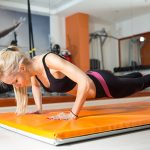 Set up a gym? You need these training devices …
Set up a gym? You need these training devices … 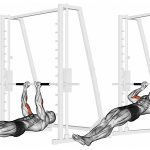 Rack chins – the best alternative to pull-ups? Pictures + video
Rack chins – the best alternative to pull-ups? Pictures + video  Deadlift – the correct execution, tips + checklist
Deadlift – the correct execution, tips + checklist  Exercise at home, in the gym, or outdoors? The pros & cons
Exercise at home, in the gym, or outdoors? The pros & cons 